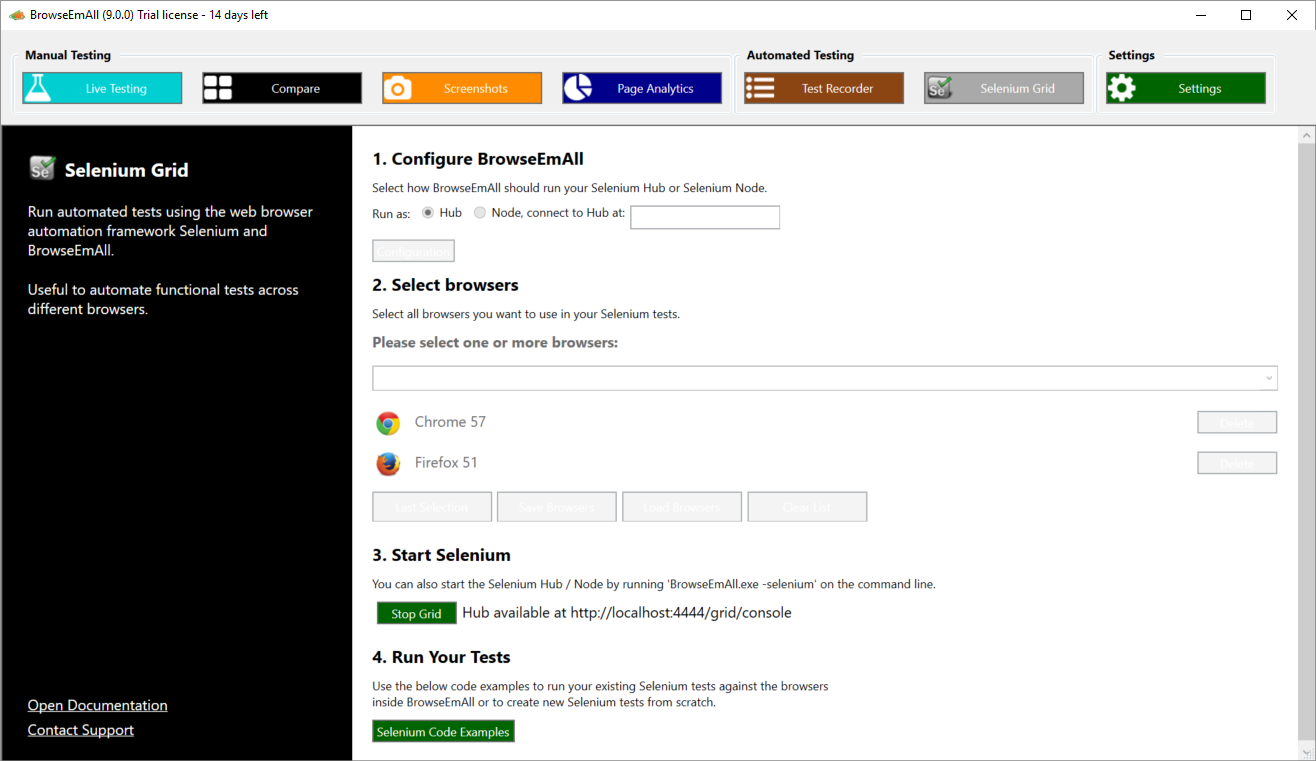
Let's go through the boilerplate code below: Ignore the brief warning issued in the "Terminal" tab. Check if Chrome opens Python's download page. Note: We can confirm that the script below works by clicking on the "Output" tab.

It will be executed in a maximum of one to two lines.

The script will mainly comprise boilerplate code to get Selenium and Chrome running. The script for downloading a file from a website is simple. Latest Chrome and Selenium have been used at the time of publishing. Browsers regularly update their functionality with each update as does Selenium. Note: Make sure to confirm that this article is up to date. As for website-related issues, we'll tackle those by doing the same task on the same website in various ways. In simple words, it is easier to perform this task on Chrome than on Firefox, as the latter requires extra setup and parameters to execute the same task. It also depends on the structure and design of the website on which the task is being performed on. Download ChromeDriver 1.19Ĭhromedriver for linux: chromedriver_linu圆4Ĭhromedriver for mac: chromedriver_mac64 | chromedriver_mac_arm64Ĭhromedriver for windows: chromedriver_win32 Download ChromeDriver 1.In Selenium WebDriver, the task to download and upload files is browser-specific. Step-5: Replace “/path/to/chromedriver” with the actual path to the ChromeDriver executable on your computer.

Step-4: Create a new instance of the ChromeDriver in your script:ĭriver = webdriver.Chrome(‘/path/to/chromedriver’) Step-3: Import the required packages in your Python script: Step-2: Next, install the Selenium package using pip in your command prompt or terminal: Step-1: First, update your chrome latest version from:Īnd then download the latest version of ChromeDriver from below official links and place it in a directory on your computer. Here is an example of how to use selenium chromeDriver with Python: It is used for automating web application testing, web scraping, and other tasks that involve interacting with a web browser. ChromeDriver is a tool that enables communication between a web browser (such as Google Chrome) and automated tests written in languages such as Java, Python, or Ruby.


 0 kommentar(er)
0 kommentar(er)
